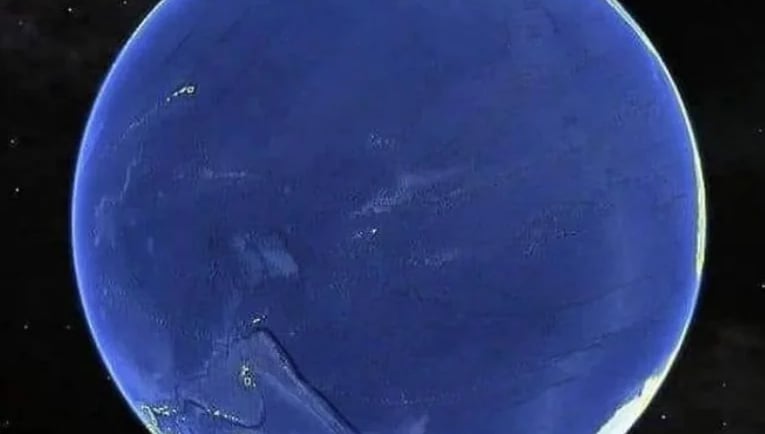Exploring the Pacific: The Oceanic Frontier Beyond Earth


An Overview of the Pacific Ocean
The Pacific Ocean, the largest and most expansive body of water on our planet, covers a vast area and plays a crucial role in global climate and biodiversity. It is not only a significant geographic feature of Earth but also a witness to the myriad wonders and mysteries of our world. This ocean represents the Pacific side of the planet, offering a remarkable view of nature’s grandeur and complexity.
The Importance of the Pacific Ocean
The Pacific Ocean, with its immense volume and surface area, is vital for various ecological and human activities. It influences weather patterns, stores a considerable amount of carbon dioxide, and is a source of food and resources for millions around the globe. Marine life in the Pacific is incredibly diverse, ranging from microscopic plankton to the largest mammal on Earth, the blue whale. The ocean is home to numerous ecosystems, each supporting unique species and providing critical habitats.
Investigating Beyond Our World: The Ocean's Analogy
As humanity endeavors to explore other celestial bodies, the characteristics of the Pacific Ocean remind us of the potential for similar environments beyond Earth. Scientists often compare the watery expanses of Earth’s ocean to the possibility of oceans on other planets, leading to speculations about extraterrestrial life. The features of the Pacific Ocean serve as an analogy for what might exist on the surfaces of moons and planets, inviting us to ponder the similarities and contrasts of life beyond our own.
The study of the Pacific also enhances our understanding of the Earth’s geology and climate systems. Ocean currents in the Pacific impact global temperatures, weather systems, and nutrient cycles, making it an essential focus for scientific research that can be extrapolated to understand other worlds.
Moreover, examining how the Pacific is affected by human activity, such as pollution and climate change, raises important questions about stewardship of our natural resources. As we explore the potential for oceans beyond Earth, it is imperative that we also learn how to protect our oceans here at home. The Pacific side of our planet serves as a reminder of the fragility and resilience of such environments, urging us to safeguard them for future generations.
In conclusion, the Pacific Ocean epitomizes the intricate relationship between Earth’s natural systems and their parallels on other celestial bodies. As we gaze at the stars, the lessons learned from the depths of the Pacific can guide our approach to exploring the universe and searching for life beyond Earth. This profound understanding encourages us to value and protect our oceans, ensuring that the wonders they encompass continue to inspire and sustain life.
